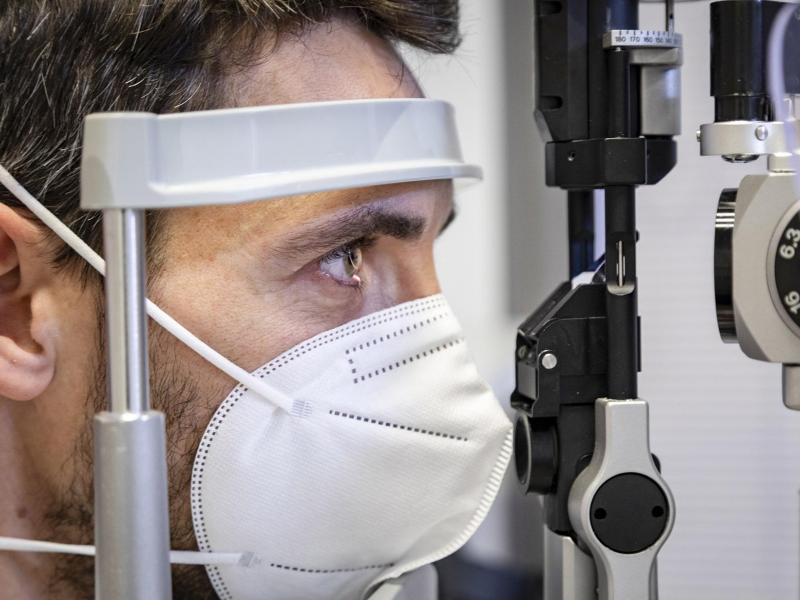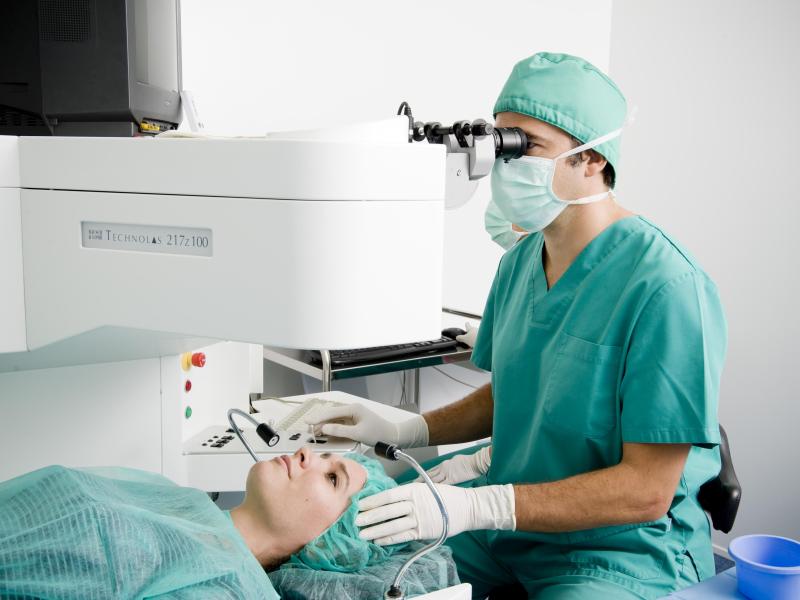Ocular nystagmus: What is it?
Nystagmus is a condition characterized by the rapid and repetitive involuntary movement of the eyes. This eye disorder is mainly caused by a malfunction of the areas of the brain that control eye movements.
Nystagmus has different clinical characteristics and the effects may vary from person to person. However, in almost all cases, vision is reduced or limited.
By nystagmus, we mean the presence of abnormal eye movements that take on 3 particular characteristics, that is to say, that they are movements:
- Oscillators (right to left, top to bottom, or circumferential)
- Rhythmic
- Involuntary (the individual notices these movements and cannot stop them)
The causes of ocular nystagmus
In people with nystagmus, certain areas of the brain that monitor eye movements don't work as well as they should. Nystagmus can be caused by pathological events affecting the part of the inner ear.
In children, nystagmus can be due to brain dysfunction or be linked to eye diseases such as cataracts, strabismus, glaucoma, and albinism. Acquired nystagmus can be associated with pathologies such as multiple sclerosis, and head trauma.
Among the various causes are:
- Genetic inheritance
- Ocular pathologies (strabismus, cataracts, amblyopia, optic nerve degeneration)
- Albinism
- Inner ear (vestibular system) disorders
- Brain tumors
- Diseases of the central nervous system (hypoplasia, Meniere's syndrome, labyrinthitis, multiple sclerosis, stroke)
- Drug addiction or excessive alcohol consumption
- Use of medications (sedatives, benzodiazepines or anticonvulsants)
- Head trauma
- Idiopathic causes (people who do not have an eye, brain, or other health conditions)
The different types of ocular nystagmus
There are different classifications of nystagmus, based on the presence of the disorder, the main ones are:
Physiological nystagmus
There are different types of physiological nystagmus: the most common is reflex nystagmus (also called optokinetic). It is caused by an undulating, but involuntary movement, given by a reflex of the eyes caused by the movement of the stage trying to keep the image on the stable retina. For example, the landscape flowing from the windows of a moving train.
Another is vestibular nystagmus, related to the inner ear, the balance management center, which can send information to the oculomotor system from the vestibular centers and manifest in association with dizziness, tinnitus, and loss of auditory.
Dissociated nystagmus is related to concomitant eye movements but with different amplitudes.
Pathological nystagmus
Pathological nystagmus is a symptom of a pre-existing disease, it is divided into congenital and acquired.
- Congenital nystagmus: it is present from birth and occurs in the first months of life, from six weeks to 3 months. It is often hereditary, and it almost always occurs associated with a dysfunction of the visual system, for example, strabismus or refraction default. There is no treatment for congenital nystagmus, although in some cases refractive surgery or corrective lenses are an excellent solution to reduce vision difficulties.
- Acquired nystagmus is a lifelong disorder that can be the result of serious health conditions. Unlike congenital, it is often associated with a feeling of poor stability and oscillating vision.
Nystagmus diagnosis
If symptoms appear, it is important to go to the general practitioner and the ophthalmologist for examinations and analyses aimed at establishing the type of nystagmus and identifying the most appropriate therapy.
The ophthalmologist, after a careful and complete visit to the study of ocular motility, will be able to recommend specialized consultations for the examination of the ear, the neurological examination, and instrumental examinations such as optical tomography and magnetic resonance.
Treatments for abnormal eye motions
Nystagmus is often an easily remediable condition, with treatment consisting of eliminating the underlying cause.
For example, if the cause is benign paroxysmal positional vertigo, the otolaryngologist can resort to a series of maneuvers. Which, through the execution of specific movements of the patient's head, can bring back the so-called "pebbles" to their original position, thus eliminating nystagmus.
If the cause turns out to be an infection or inflammation of certain ocular structures, antibiotic and anti-inflammatory treatment should be instituted.
If the cause is neurological, the ultimate cure becomes more complex and secondary to the possibility of eliminating the underlying cause.







